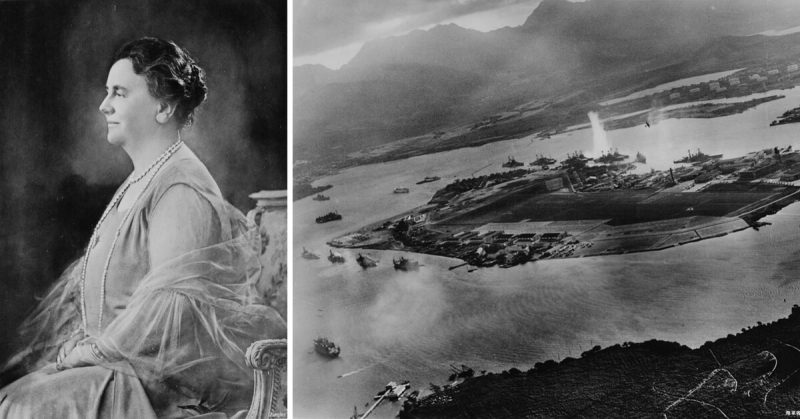Wilhelmina Helena Pauline Maria was the longest-serving queen of the Netherlands, having reigned from 1890 to 1948. Her keen business instincts made her the first female billionaire (in US dollars), while her political astuteness helped keep her country together during WWII. Unfortunately, she was also responsible for the Japanese attack on Pearl Harbor.
Well, not directly. But she did play a crucial role.
To understand this, we have to go to Southeast Asia. Starting in the 1500s, the Dutch East India Company began monopolizing trade over the Indonesian archipelago. Then they colonized it. In the 1800s, the company was nationalized, making the Netherlands even richer than it already was at the expense of the Indonesians.
And since Indonesia is oil-rich, the Dutch became the fourth-largest exporters of oil after the US, the USSR, and Iran during the first half of the 20th century. As for Saudi Arabia, its oil deposits weren’t discovered till 1938 and no one knew how much they had till after the war.
Now back to the queen. Wilhelmina was determined to keep her country neutral during WWII, but the Germans weren’t having any of it. Which was why they invaded on May 10th, 1940.
Although the Dutch and the British weren’t exactly the best of friends due to territorial squabbles in South Africa, Britain came to her rescue. Despite heavy German aerial bombardment, the HMS Hereward reached the Netherlands on May 13th and evacuated the Dutch royal family back to Britain.
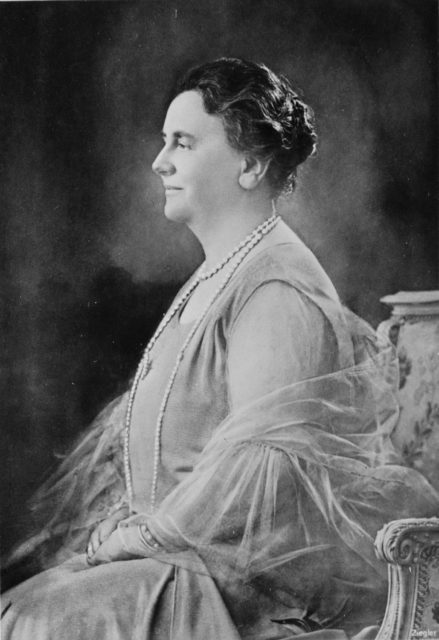
So now there were two Dutch governments. The one in the Netherlands became a civil administration called the “Reich Commissariat for the Occupied Dutch Territories,” headed by Arthur Seyss-Inquart.
The other was based at Stratton House in London’s Piccadilly neighborhood. Occupied by Queen Wilhelmina and her cabinet, it was headed by Prime Minister Dirk Jan de Geer… which is where the problems began.
Though their queen had left, the Dutch formed resistance groups against Nazi occupation. This upset de Geer because he was convinced that Germany would win. He, therefore, wanted to negotiate a peace treaty and expressed his views in public. Then he drafted a leaflet telling those back home how best to cooperate with the invaders.
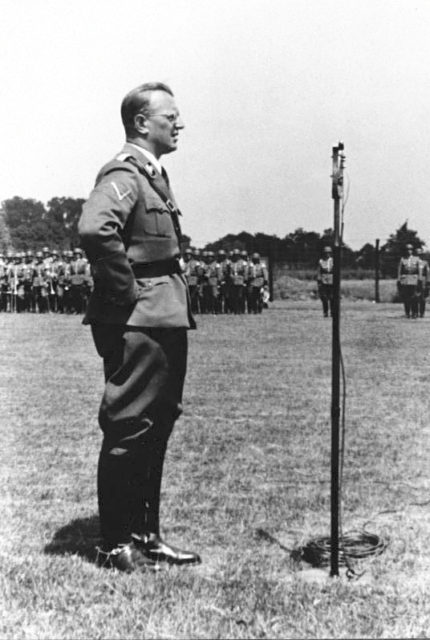
Furious, Wilhelmina called him a traitor and fired him. She then appointed another prime minister with backbone – Peter Sjoerds Gerbrandy. It was his idea to set up “Radio Oranje” (Radio Orange, because the queen belonged to the House of Orange-Nassau), using the BBC to broadcast news back home which included speeches by Wilhelmina.
But Germany wasn’t the only problem. The Japanese had been wreaking havoc in China, so in 1938, the US imposed trade restrictions on them. This hurt the Japanese because 74.1% of their scrap iron, 93% of their copper, and over 80% of their oil came from America.
Japan, therefore, made an alliance with Germany in 1940 and invaded French Indochina – which was then under Nazi-occupied France. The US responded by banning Japanese ships from using the Panama Canal (the main conduit between the Atlantic and Pacific oceans).
Undeterred, the Japanese began hustling into Southern Indochina, threatening the British colonies of British Malaya, Borneo, and Brunei. Since the region is rich in rubber, tin, and oil, they were hoping to circumvent the American embargo but weren’t yet ready to take on the British and the Americans.
By then, however, Britain was distracted by Germany, so Japan began sizing up America. US power in the South Pacific lay in the Philippines. Centrally located and rich in natural resources, there was only one problem – it had been US property since 1898. So what to do?
They tried diplomacy, but America wouldn’t budge unless they left China. Russia was out of the question since the two countries were fighting over China’s Manchukuo region. Ditto with Iran since the British had secured the latter’s oil supplies.
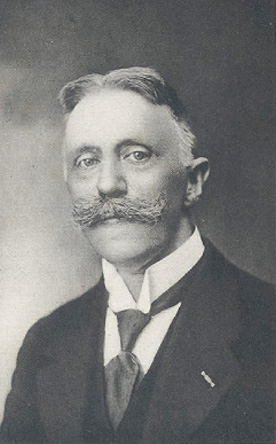
That left one final option – the Dutch. Fortunately, the Japanese had an economic treaty with the Dutch.
And that was the other reason Wilhelmina refused to cooperate with Germany. If she did, the Nazis would have had access to vast reserves of oil, rubber, tin, and copper. And since Germany had an alliance with Japan, Hitler would have been obliged to give Japan access to those goodies.
So she gave them up. Or rather, she let Aruba become a British protectorate in 1940 because the island hosted valuable oil refineries. Later that year, Japan ordered 3.15 million barrels of oil from the Dutch East Indies. Wilhelmina only offered to sell them 1.35 million.
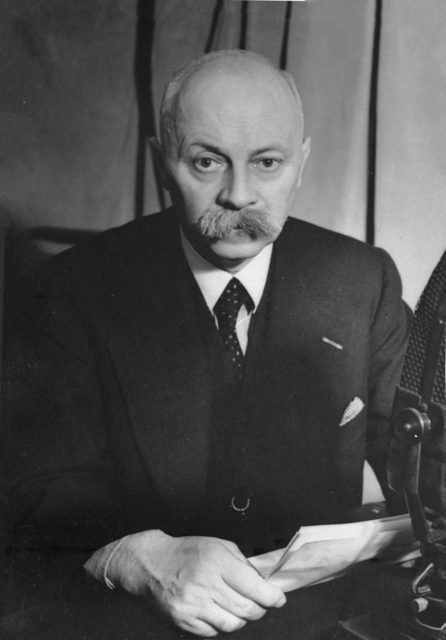
On July 26th, 1941 the US banned all sales of oil to Japan and froze all of its American assets. The following month, Wilhelmina terminated the Dutch treaty with the Japanese.
To protect Dutch Guiana’s bauxite (necessary for aluminum and cement) mines, she handed the region over to the US on November 23rd.
The Japanese were now desperate. According to their calculations, Japan’s existing oil reserves would run out in under two years. Manchukuo gave them barely 10% of what they needed at home. Without more, they’d have no choice but to get out of China.
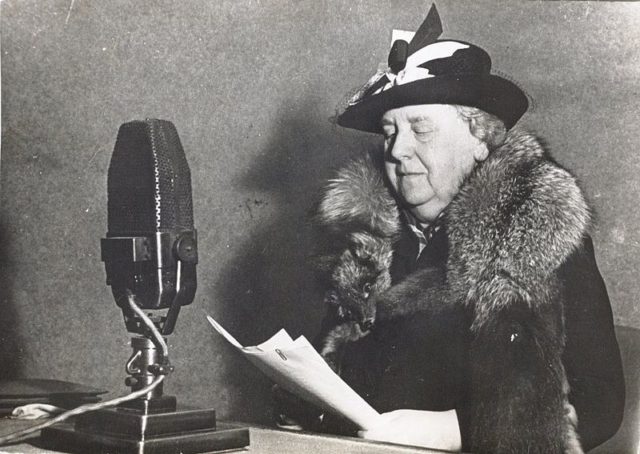
And never mind building an empire. Without oil, it would be lights out all over the Japanese Home Islands. Sayonara to the modern era, hello stone age.
There was only one way out of this – take the Philippines. From its central location, they could take the rest, including the Dutch East Indies. But there was a problem.
Besides the US bases stationed there, reinforcements could easily come from the Pacific Fleet based in Pearl Harbor. The solution? Bomb Pearl Harbor – which is exactly what they did on December 7th, 1941.
Wilhelmina retaliated by declaring war on Japan the following day. The following year, she handed Aruba over to the US, together with Curaçao – yet another site for oil refineries. All this on condition that she get them back after the war, of course.
She then considered a post-war future for her country by negotiating with the Belgian and Luxembourgish governments (also in exile). The result was the creation of the Benelux Customs Union, signed on September 5th, 1944. This eventually led to the creation of the European Union and explains why it’s based in The Hague – where she was born.
After the war, British Prime Minister Winston Churchill called Wilhelmina “the only man in the Dutch government.”
